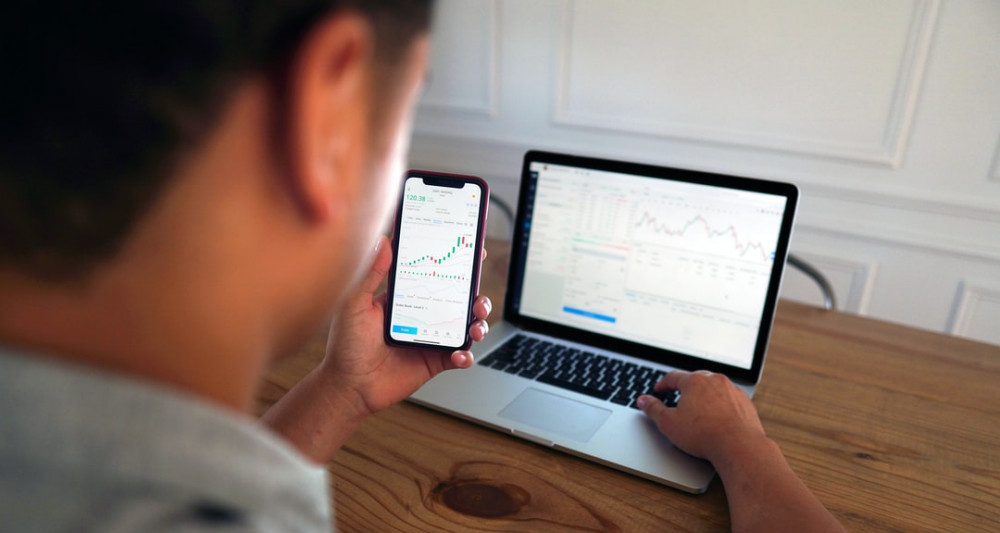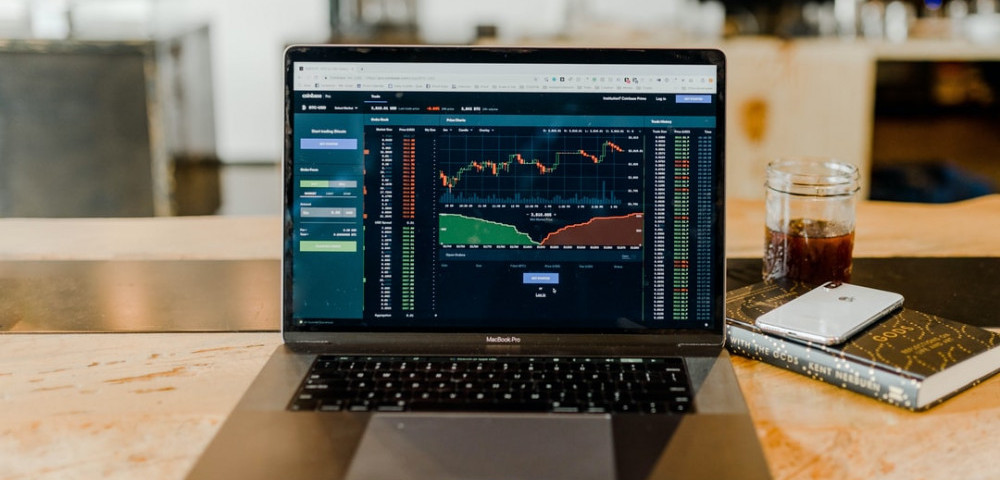What Is A Convertible Note? How Does It Work?

A convertible note is a type of short-term debt that converts to equity, usually in connection with future funding round; in essence, the investor is lending money to a startup, and instead of receiving principal plus interest, the investor receives stock in the firm. The major benefit of issuing convertible notes is that it relieves the issuer and investors of the burden of determining the business’s worth when there isn’t much on which to establish a valuation – in certain circumstances, the company may be nothing more than a concept. Typically, the valuation will be set during the Series A funding, when there are more data points to work with.
What is a convertible note?
Convertible notes are a form of short-term debt that converts to equity, usually in connection with future funding round; in essence, the investor is lending money to a startup, and instead of receiving principal plus interest, the investor receives stock in the firm. The major benefit of issuing convertible notes is that it relieves the issuer and investors of the burden of determining the business’s worth when there isn’t much on which to establish a valuation – in certain circumstances, the company may be nothing more than a concept. But what is the benefit for the startup? Convertible notes allow companies with a pre-existing value to raise money without worrying about a significant dilution of the shareholders’ stake.
A convertible note is a type of short-term debt that converts to equity, usually in connection with future funding round; in essence, the investor is lending money to a startup, and instead of receiving principal plus interest, the investor receives stock in the firm. The major benefit of issuing convertible notes is that it relieves the issuer and investors of the burden of determining the business’s worth when there isn’t much on which to establish a valuation – in certain circumstances, the company may be nothing more than a concept.
How do convertible notes work?
A convertible note usually consists of one or more steps, usually two or three: The term sheet, which sets out all the particulars of the note and describes the term of the loan which sets out all the particulars of the note and describes the term of the loan. The disclosure statement, which details the terms of the note, including its price and risk profile, details the terms of the note, including its price and risk profile. The capitalization table, which shows the total amount of debt and equity to be raised. , which shows the total amount of debt and equity to be raised. The warrant structure, which converts the notes to equity.
While convertible notes are almost always structured as a debit transaction, they can also be a convertible note that is treated as equity. This means that once the convertible note has been issued, the company has established certain levels of equity valuation based on the future performance of the firm. I am optimistic about the role of convertible notes in the coming year, especially in the financing of early-stage startups. As startups are able to take on debt, these debt-like instruments become an increasingly attractive option for entrepreneurs and investors. In the coming year, we will see convertible notes used as a major option for startups to accelerate growth and propel their firms to the next stage of growth.
This post contains affiliate links. Please please read my Disclaimer for more information
How do you use convertible notes?
Here are some of the basic scenarios where convertible notes can be used: Issuing convertible notes prior to a funding round Pre-funding a round of financing. Winding down around. Using the convertible note as an after-hours liquidity mechanism. The downside of convertible notes is that they have no IPO protections and can hurt your equity valuation, especially if you need to convert the notes for financial purposes in the future. Here are some of the typical caveats to note. One-off financial transactions (e.g. issuing convertible notes after an investment) Unlike a private placement, which might require investors to take financial action.
There are two primary uses for convertible notes: raising funds and raising capital. If a startup is looking to raise capital, it can issue convertible notes to raise the funds they need to launch the business. Convertible notes are often used in connection with secondary market transactions in startups that are well-known but no longer private. A liquidity event is a good candidate for an exchange of convertible notes for shares in a public company because it opens the company up to new investors who previously wouldn’t have participated in the public market. In many instances, convertible notes are also used to allow employees of the company to take out new loans with their shares
What Is a Senior Convertible Note?
A senior convertible note, often referred to as a “lessor note,” refers to debt issued by a startup that the company must pay back before other investors. Like a convertible note, it may be convertible into equity at any time, but unlike a convertible note, the company will only be required to pay back a part of the debt and will have the ability to refinance the debt into equity at a later date. A senior convertible note is a similar instrument but has seniority over a convertible note due to its tenor. It is similar in that it converts into equity, but it’s issued at a slightly different point in time, typically for later funding round and usually at a premium to the par value (typically between 3 and 6 percent above the nominal amount, depending on the overall equity structure of the company and its intention to issue a convertible note at a premium). The major difference between a senior convertible note and a convertible note due to maturity is that a senior convertible note matures when the noteholder has sufficient “coins,” that is, stock in the firm, in order to convert the note to equity.
Why Should You Use a Convertible Note?
The major benefit of convertible notes is that it allows a company to raise capital when they aren’t ready for it yet, and can be an efficient and relatively simple tool to raise funds as you grow your company. Convertible notes also have the added benefit of allowing investors to gain upside potential from the company, which is often much greater than they would achieve on an equity investment. An even greater benefit is that convertible notes are more expensive than other types of debt funding options, so they provide a high degree of financial security. Also, the public generally perceives these kinds of funding rounds to be safer, so they are generally viewed as a good choice for taking venture capital but avoiding VC risks.
Pros of Convertible Note
Lower funding costs, and no other way to raise capital; Allows the startup to raise money without equity dilution – the investor still gets paid the amount of cash they put into the deal; The investor receives the debt repayment even if the startup goes bankrupt, and the note is transferred to new investors; If the startup has a working product or service, this can act as a clear valuation signal and help the firm attract larger investments. Because the company will likely raise the money in an equity round rather than debt financing, the convertible note funds do not count as a business expense, freeing the startup to put that money to work elsewhere.
Cons of Convertible Note
Somewhat risky – the investment vehicle comes with certain unknowns and is difficult to value; The investor has no right to sell their investment or demand their money back (in many cases, the firm won’t even make them whole for the conversion). Frequently, convertible notes aren’t well-received by investors; their implementation often requires substantial amounts of due diligence, and the value of the company will be lowered substantially by taking on debt. A typical convertible note is a one-year term loan, and it’s meant to be repaid in 12 months. What makes convertible notes so difficult is that it’s difficult to find a lender who will let an investment-grade credit company on the hook for a loan. Another thing to note is that unlike a traditional loan if the company defaults on its note, the lender won’t suffer significant losses, as they would if the company defaulted on a loan.
However, investors are still liable for the full principal amount they are lending, and a note is a loan, so repayment to the investor is still due and payable on maturity. The investors are also in a position to dictate the terms of the debt, such as issuing a fixed-interest-rate note or a floating-rate note, which means the investor has an incentive to inflate a startup’s valuation. Having an investor who is legally obliged to purchase your stock when you wish to raise capital is a good asset to have.
Who Should Use Convertible Notes?
I strongly recommend that entrepreneurs get additional legal advice when deciding to issue convertible notes – it can be a very lucrative, albeit risky, financial option. The only caveat is that the issuance of convertible notes should be handled by an experienced advisor. If you choose to issue convertible notes, it’s probably best to do so with no more than $1 million in funding. The convertible notes allow the business to fund itself before it begins to raise outside investment – but if the company does well, you may choose to go back to the capital markets for additional funding.
Convertible Note Terms (Valuation Cap, Discount Rate, Interest Rate, Maturity Date)
A convertible note will have several distinct terms. Each term can be negotiated between the issuer and the investor, and thus every convertible note issued may have different terms. Generally, however, the key terms are the following: The convertible note will generally have a term of one year or less; on the note’s maturity date, the investor will be able to convert the notes into shares of the company’s common stock (or any additional stock that may be created if the startup completes the funding round). The convertible note will also have a discount rate, which will adjust annually for interest and maturity. Typically, this discount rate will be close to, or slightly lower than, the investment bank’s Libor rate.

Conclusion
Each financing transaction is unique, and investors can’t expect to see all the details when it comes to startup financings. However, understanding the characteristics of each financing type will help investors make more informed decisions and have more informed discussions with entrepreneurs.
“If you have any feedback about what is a convertible note that you have tried out or any questions about the ones that I have recommended, please leave your comments below!”
NB: The purpose of this website is to provide a general understanding of personal finance, basic financial concepts, and information. It’s not intended to advise on tax, insurance, investment, or any product and service. Since each of us has our own unique situation, you should have all the appropriate information to understand and make the right decision to fit with your needs and your financial goals. I hope that you will succeed in building your financial future.


















